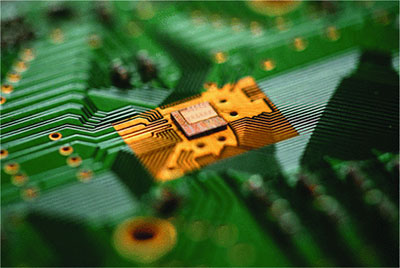
Signal processing has played a foundational role in the consumer electronics revolution of the past several decades. Mobile devices, smart-home technologies, digital cameras, and countless other cutting-edge products have benefited from signal processing-enabled innovations.
Signal processing’s impact on consumer technologies shows no signs of slowing down. In fact, in areas ranging from wireless communication to personal health and fitness devices to virtual reality systems, signal processing continues to serve as an essential and irreplaceable tool.
The wireless world is growing rapidly and so are the number of wireless technologies. To address the need for mobile devices that can seamlessly and efficiently accommodate communication on multiple bands, Cornell University engineers have developed a single-chip method for transmitting and receiving radio signals across a wide range of frequencies (Figure 1).

Building multiband support into ever-smaller communication devices, potentially down to the size of wearables, is not easy because each band requires a filter to block strong transmit signals from drowning out reception. A new software-defined distributed duplex technology, developed by Alyssa Apsel, a Cornell professor of electrical and computer engineering, and Alyosha Molnar, a Cornell associate professor of electrical and computer engineering, addresses this challenge. The technology they developed integrates all of the components necessary for multiband operation onto a single, field-programmable gate array (FPGA), an integrated circuit that can be programed in the field after manufacture.

